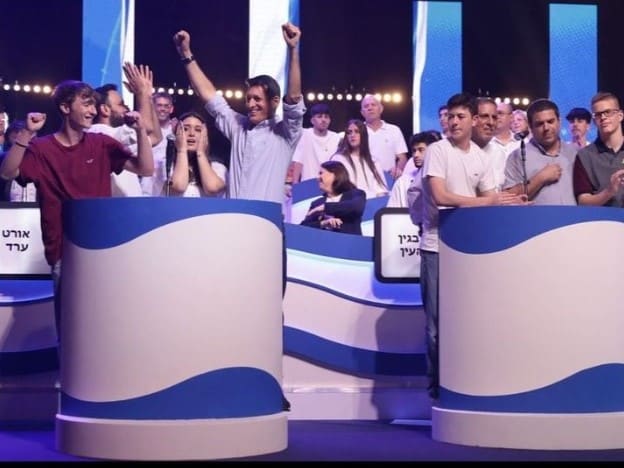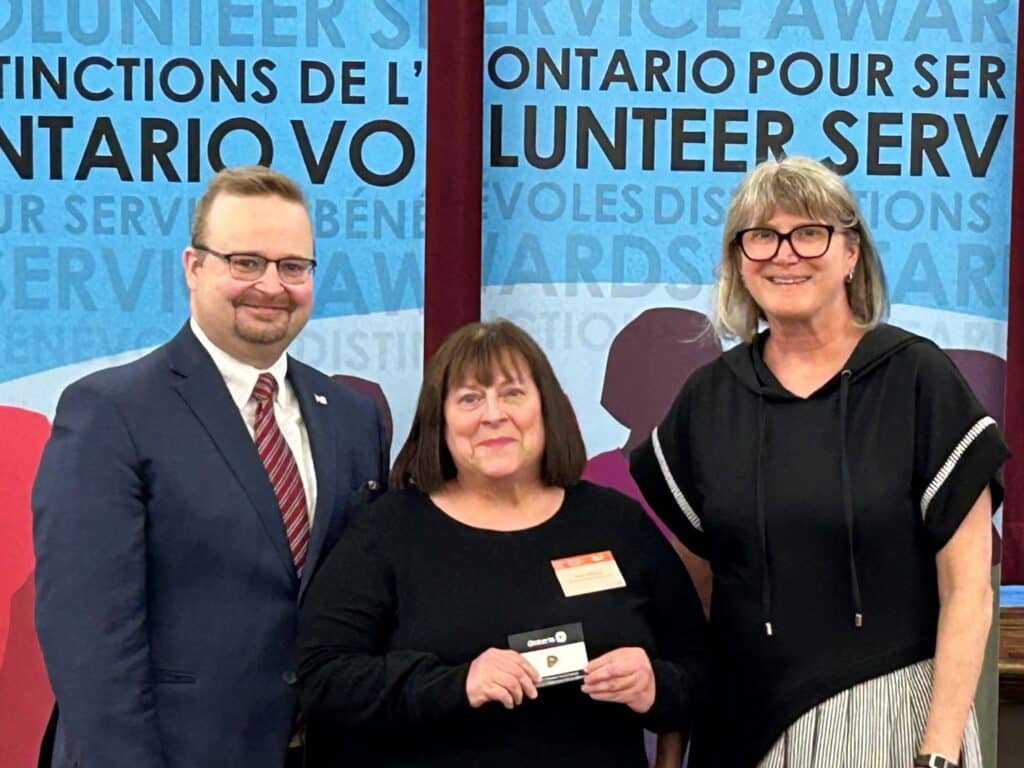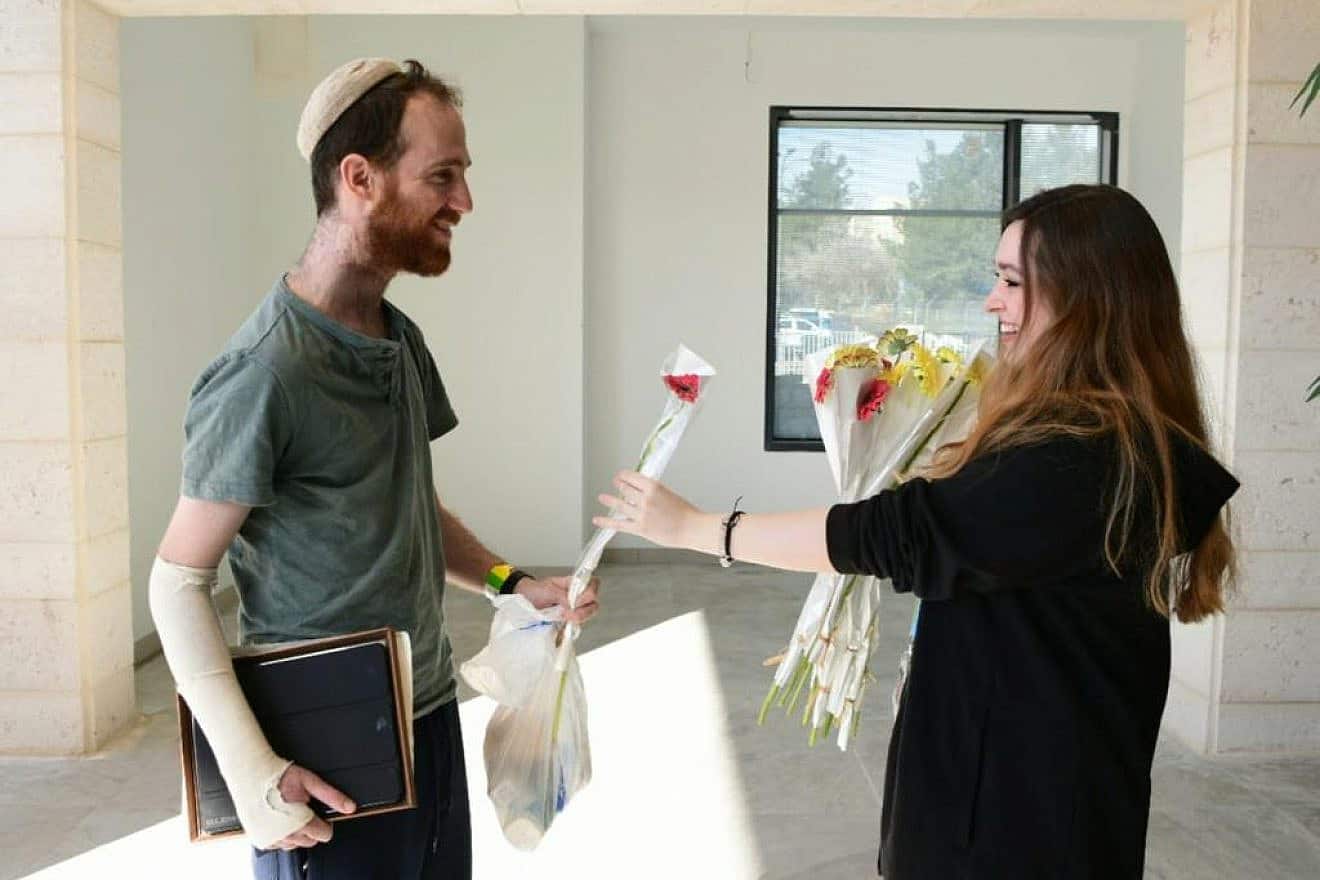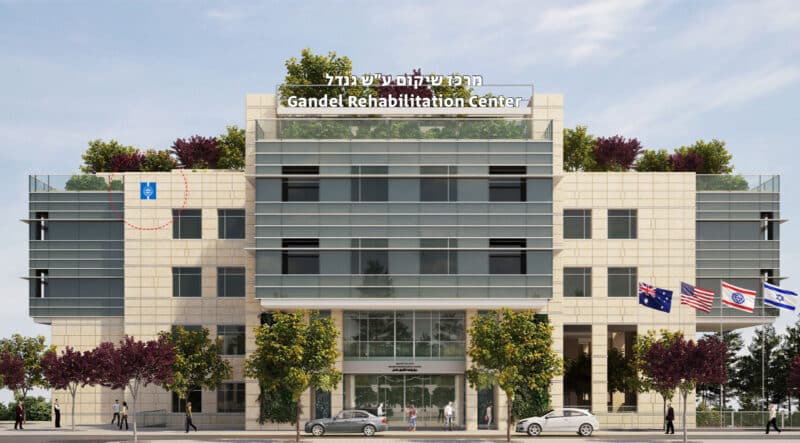CHW Hadassim Students Win Televised Zionist Quiz Competition
On Yom Haatzmaut Day, WIZO held their annual Israel Zionist Quiz Competition. Congratulations to the WIZO team from CHW Hadassim!
Two of our CHW Hadassim students and their teacher won the world competition: Omer Barel,17 years, Uri Ben Yaakov, 17 years, and Baruch Yosef, history teacher.
What a remarkable achievement.
The commitment to Israel and Zionism is deeply ingrained in the WIZO education system. Our programs are leading the way in raising the next generation of Zionist leadership!
Read more about CHW’s Hadassim Children and Youth Village.










